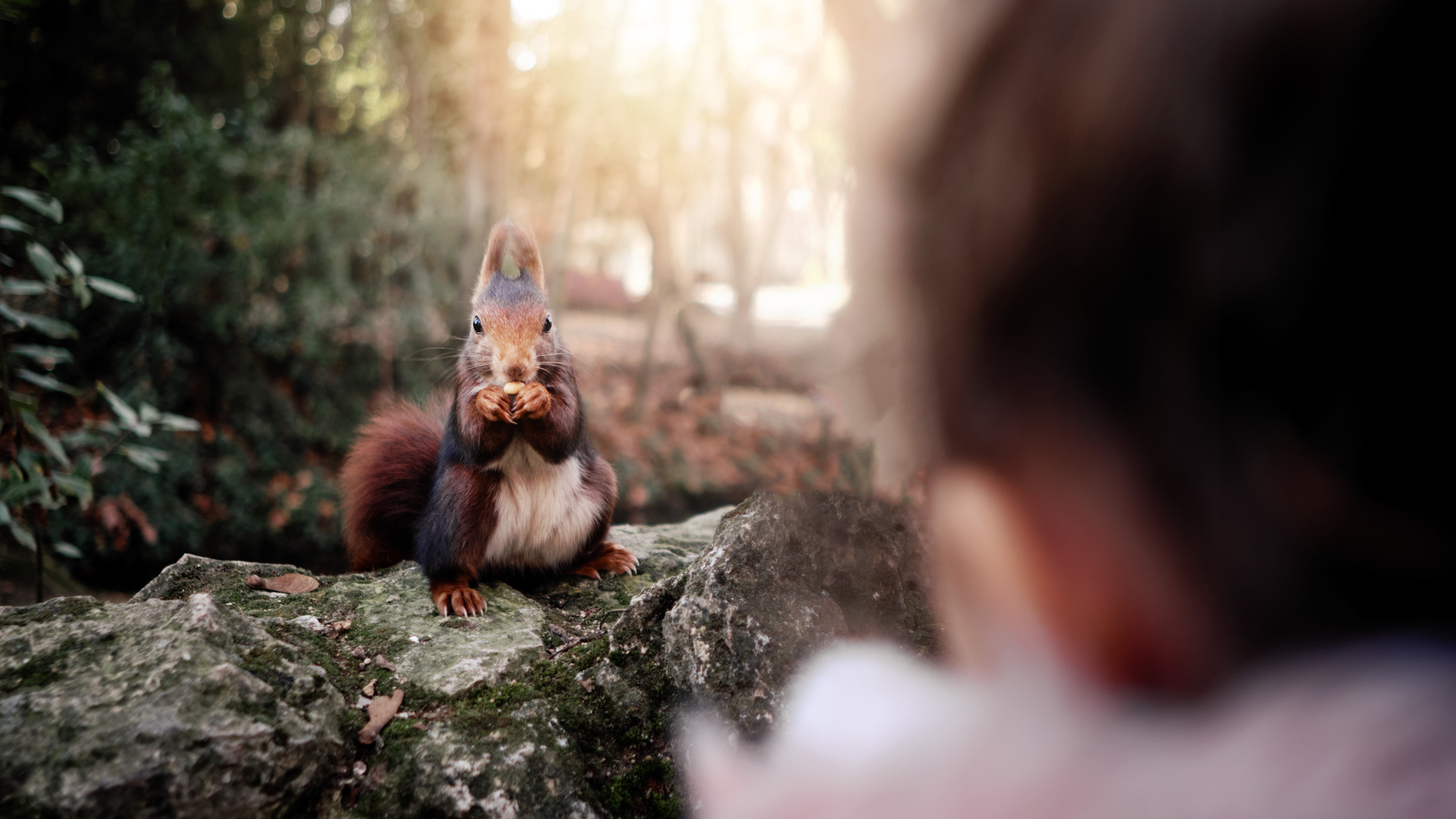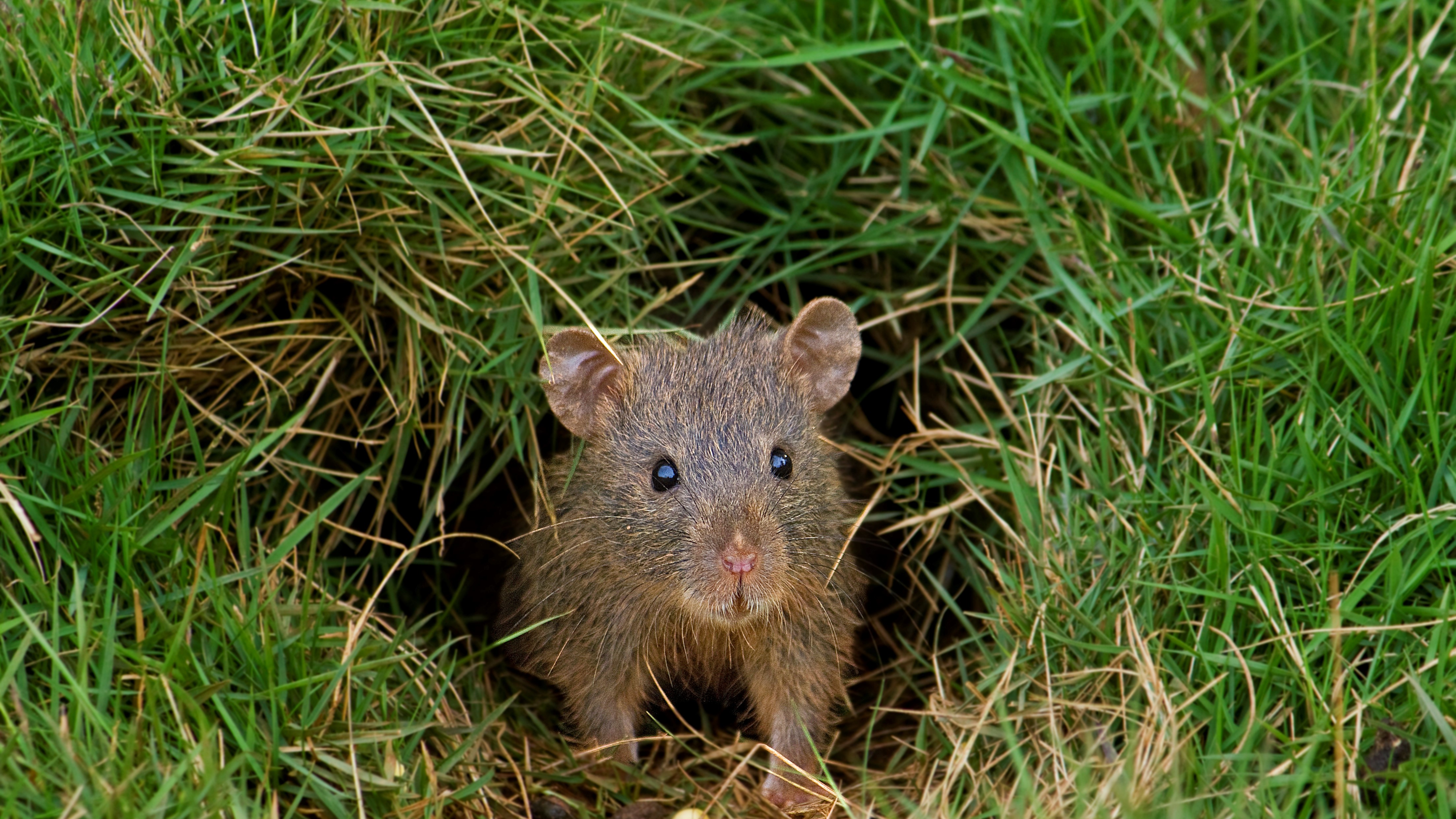Do hikers and backpackers need to worry about the plague?
Let’s take a look at the prevalence of the plague in America today, and what you can do to keep yourself safe when you're hiking

The Covid-19 pandemic sent people scurrying to the wild in their millions, hoping to isolate in their hiking boots, far away from the masses, but once there, some hikers and backpackers out west discovered that another plague might also be a concern. In fact, it’s not uncommon at all to encounter signs in Yosemite warning of plague-carrying rodents. Meaning, the actual plague. Every so often, a story comes out from one of the National Parks about a case of the bubonic plague, and it may cause you to ask, do hikers and backpackers need to worry about the plague too?
This all sounds a bit dramatic, but in Yellowstone National Park, the plague has been killing off cougars for decades. In 2015, two people tested positive for the plague after visiting Yosemite National Park. And in 2007, biologist Eric York tragically died of the plague after handling a dead mountain lion during research in Grand Canyon National Park. These are all places we very much like to adventure, so do we have to be worried? It seems like hikers and backpackers have enough to think about when the time comes to hit the trail, from trench foot and backpacker's constipation to snake bites and mountain lion encounters. Let’s take a look at the prevalence of the plague in America today, and what you can do to keep yourself safe in the wild.

Do people still get the plague?
If you’re worried you fell asleep last night and woke up in the year 1346, you didn’t. Though it’s not very common these days, the very bubonic plague that swept through Europe killing 25 million during the Middle Ages does still exist.
According to the CDC, the bubonic plague is caused by a bacterium called Yersinia pestis. Humans typically contract plague after being bitten by a rodent flea that is carrying the bacterium or by handling an animal infected with plague. If not treated quickly, the disease can cause serious illness or death. There are three forms of the plague:
- Bubonic plague: symptoms like headache, chills and swollen lymph nodes can develop 2-8 days after exposure.
- Septicemic plague: fever, chills, abdominal pain, shock and tissue death within days of exposure.
- Pneumonic plague: quickly leads to pneumonia and is the most serious form of the plague, spread from person to person via respiratory droplets.
So the plague still very much exists in America, and does result in approximately seven human cases per year, most of which are the bubonic plague and are not usually fatal, according to CDC statistics. Human plague infections continue to occur in rural areas in the western United States, which accounts for the seemingly significant number of cases in National Parks, but it’s more prevalent in parts of Africa and Asia. The good news, however, is that most modern antibiotics are effective in treating plague.

Do hikers and backpackers need to worry about the plague?
As we’ve established, the plague is rare – you’re significantly less likely to contract the plague in the US than you are to get bitten by a shark (although admittedly if you stay out of the ocean and in the forest you might change those odds a little) and even if you remain inland, you’re safer from plague-carrying fleas than you are a bear. And of course, there’s effective treatment for the plague these days.
However, there’s obviously a reason why western National Parks encourage you to be on the lookout for the plague, since it does seem to be very much alive and well within their rodent and other wildlife populations, sadly. All of that said, if you follow some simple advice from the National Parks Service, you can keep enjoying the wild west plague-free.
All the latest inspiration, tips and guides to help you plan your next Advnture!

Safety tips for preventing the plague
- Practice wildlife safety and never touch or feed wildlife.
- Wear insect repellent that contains at least 30% DEET since this repels fleas (as well as mosquitos and ticks).
- Don’t camp or prepare food near rodent burrows.
- Don’t let your pets explore areas near rodent burrows.
- Report dead animals to park rangers.
- If you develop symptoms of the plague and suspect exposure to fleas, seek immediate medical attention.
- The best hiking boots: seriously tough footwear for all conditions
Julia Clarke is a staff writer for Advnture.com and the author of the book Restorative Yoga for Beginners. She loves to explore mountains on foot, bike, skis and belay and then recover on the the yoga mat. Julia graduated with a degree in journalism in 2004 and spent eight years working as a radio presenter in Kansas City, Vermont, Boston and New York City before discovering the joys of the Rocky Mountains. She then detoured west to Colorado and enjoyed 11 years teaching yoga in Vail before returning to her hometown of Glasgow, Scotland in 2020 to focus on family and writing.

